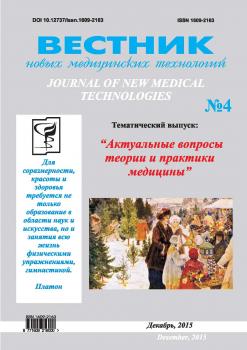A coronary heart disease and diabetes mellitus type 2 are the most complicated and urgent problem of medical science and public health. The standard therapeutic measures in some cases do not provide significant clinical improvement of patients with a stable course of the disease. This requires further study of the pathogenesis of the heart and vessels lesions in patients with combined pathology and the search for new medicines. In this work, the authors studied the state of microcirculation with the morphological assessment of the microvascular bed, considering the effectiveness of therapeutic effects of angiotensin-converting enzyme inhibitor lisinopril a daily dose of 5 mg in patients with ischemic heart disease (IHD), stable angina ΠΙ FC in combination with type 2 diabetes. Baseline, after 1 and 6 months of treatment, the authors conducted a conjunctival biomicroscopy of the eye vessels with a caliber measurement and mor-phometric analysis. The results of the study were the following: the combination of IHD and type 2 diabetes forms the gross disorders of microcirculation. This is reflected in the development of widespread perivascular edema, multiple hemorrhages, sudden depletion of the vascular bed with nonvascular lesions, intravascular aggregation of erythrocytes -"sludge-phenomenon". The prolonged complex use of lisinopril caused the positive dynamics of microcirculatory disorders, in particular, intravascular link with increasing flow velocity and decreasing the aggregation of erythrocytes. This is the basis for recommendations to the widespread use of this drug in this combined pathology.
coronary heart disease, conjunctival biomicroscopy, microcirculation, angiotensin-converting enzyme inhibitor lisinopril, diabetes mellitus type 2.
Введение. По данным Всемирной федерации диабета (IDF) на 2014 г., в Российской Федерации насчитывается около 6,7 миллионов человек, страдающих сахарным диабетом (СД), из них 80-90% случаев приходится на СД 2-го типа [1,7]. Смертность от ишеми-ческой болезни сердца (ИБС) у больных диабетом мужчин и женщин выше в 2-3 и 3-5 раз соответственно, чем у сопоставимых лиц с нормальным углеводным обменом [1,5]. Наиболее полное раскрытие механизмов ускоренного формирования специфической микро- и макроангиопатии у сочетанных больных позволит проводить направленные профилактические мероприятия и адекватную медикаментозную терапию.
Цель исследования - изучить состояние микроциркуляции (МЦ) с морфологической оценкой микрососудистого русла и учетом эффективности терапевтического воздействия ингибитора ангиотен-зинпревращающего фермента (иАПФ) лизиноприла у больных ИБС, стабильной стенокардией напряжения III ФК в сочетании с СД 2 типа.
Материалы и методы исследования. Под наблюдением в условиях специализированных (кардиологического и эндокринологического) отделений находились 64 пациента (36 женщин и 28 мужчин; средний возраст 58,4+1,4 года), страдавших ИБС, стабильной стенокардией напряжения Ш ФКв сочетании с СД 2-го типа. У всех больных диагноз устанавливался на основании диагностических критериев ВОЗ. Состояние углеводного обмена у 22 (34,4%) больных соответствовало компенсированному течению СД (гликиро-ванный гемоглобин (HbAlc) - 6,74+0,21%, гликемия натощак не более 6 ммоль/л), у 42 (65,6%) - субкомпен-





